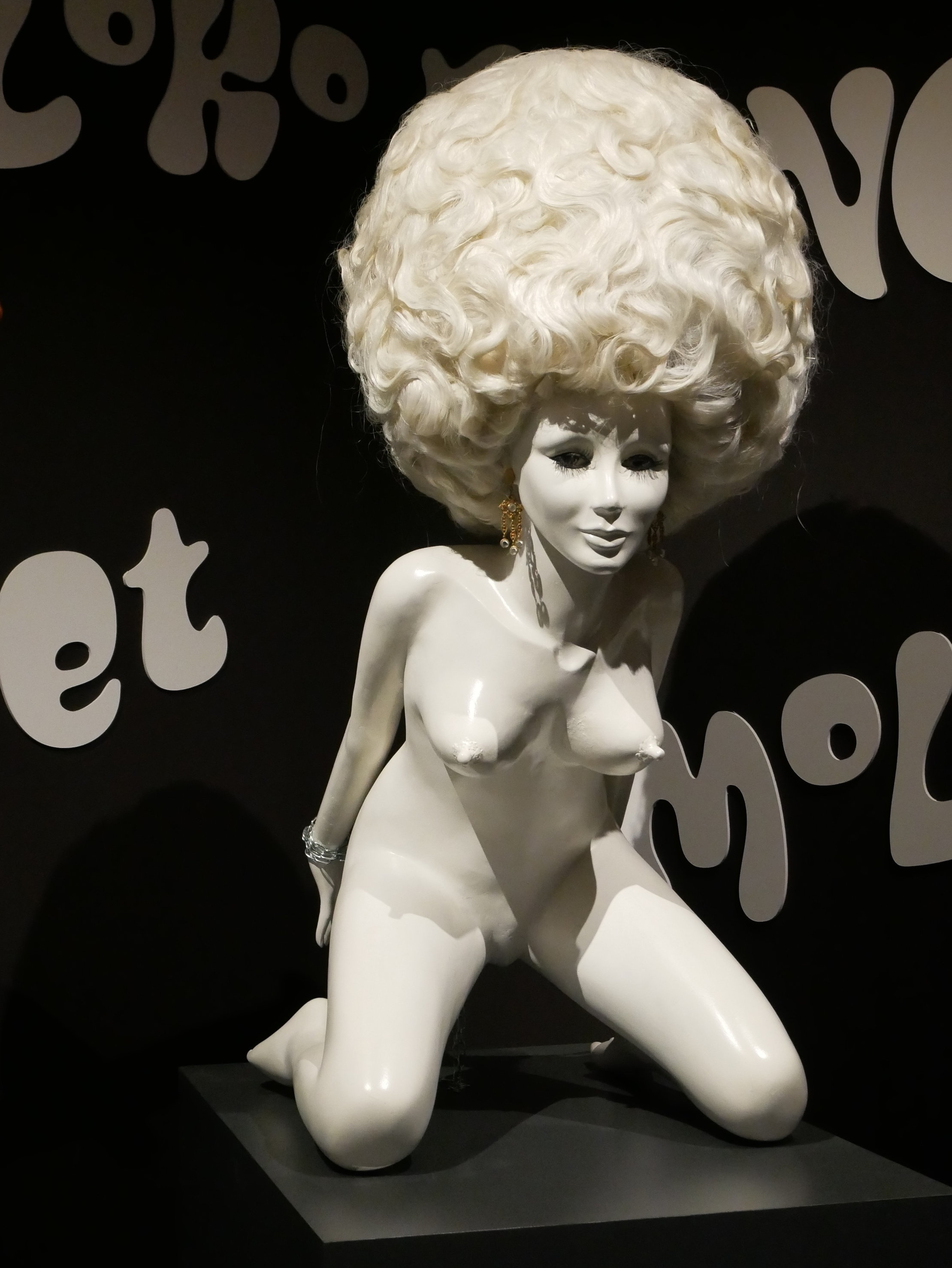Stanley Kubrick
The Exhibition
26 April 2019 - 15 September 2019
“A director is a kind of idea and taste machine; a movie is a series of creative and technical decisions, and it’s the directors job to make the right decisions as frequently as possible.” - Stanley Kubrick
The Director of the Design Museum, Deyan Sudjic, celebrates the life and work of Stanley Kubrik with an exhibition that opens at the Design museum today. Marking the 20th anniversary of Kubrick’s death, the exhibition explores his unique command of the whole creative design process of film making, from story teller to director to editor. In particular, Sudjic wanted the exhibition to examine his relationship with Britain, where Kubrick lived and worked for over 40 years; it was in the UK that he created the battlefields of Vietnam for Full Metal Jacket (1987), an orbiting space station for 2001: A Space Odyssey (1968) and Dr Strangelove’s War Room (1964). The internationally acclaimed exhibition has been shown in some 18 cities, but unlike previous iterations, which have shown Kubrick’s work chronologically, Sudjic wanted to divide the exhibition thematically with a strong focus on design. “Nobody could craft a movie better than Stanley Kubrick,” said Steven Spielberg, commenting on the exhibition. “He is an inspiration to us all. Stanley was a chameleon with the astonishing ability to reinvent himself with each new story he told. I defy anyone who just happens upon a Kubrick film while channel surging to try with all your might to change the station - I have found this to be impossible.”
For Kubrick the editing room was what really mattered. As he explained, “I think I enjoy editing the most. It’s the nearest thing to some reasonable environment in which to do creative work.” Photograph ©The London List
Original costumes from Spartacus: Tunic and toga of a Roman senator; Leather armor with tunic worn by Laurence Olivier as Marcus Licinius Crassus Photograph ©The London List
Upon entering the exhibition a replica of the infamous orange carpet from The Shining’s Overlook Hotel, with its mesmerizing geometric pattern, funnels visitors into a “one-point perspective” corridor; intended to mimic Kubrick’s famous camera technique, that favoured near perfect symmetrical shots (think of those unending corridors in The Shining (1980), the trenches in Paths of Glory (1957) and the Star Gate sequence 2001: A Space Odyssey (1968)). The exhibition tells the story of Kubrick as an obsessive genius, showing step by step how he created genre defining sets for his films and how London was his endlessly inventive canvas. Through several themed rooms, each shaped around a separate film (including Full Metal Jacket, Spartacus (1960), Lolita (1962), A Clockwork Orange (1971), Eyes Wide Shut (1999) and Barry Lyndon (2001)), Kubrick’s philosophy and his ability to create complete worlds, is explored through a vast archive of props, sketches and costumes, much of which as never been seen before.
“When I’m editing, I’m only concerned with questions of ‘Is it good or bad?’, ‘Is it necessary?’, ‘Can I get rid of it?’, ‘Does it work?’, I am never concerned with how much difficulty there was to shoot something, how much it cost and so forth. I’m never troubled losing material. I cut everything to the bone. When you’re shooting, you want to make sure you don’t miss anything and you cover it as fully as time and budget allow. When you’re editing, you want to get rid of everything that isn’t essential.” - Stanley Kubrick
Kubrick’s estate (overseen by his widow Christiane and brother-in-law Jan Harlan) has lent some extraordinary archival material, and the exhibition includes important works by designers Hardy Amies, Saul Bass, Milena Canonera and Ken Adam, art and photography from Diane Arbus, Allen Jones and Don McCullin, designs from Saul Bass, Elliot Noyes and Pascall Morgue alongside contributions from renowned directors. Featuring about 700 objects, films and interviews - including everything from a miniature mockup of the groundbreaking centrifuge set in 2001: A Space Odyssey, to erotic furniture from the Korova Milk Bar in A Clockwork Orange - the exhibition brings to the fore Kubrick’s innovative spirit and fascination with all aspects of design, depicting the in-depth level of detail that he put into each of his films. From predicting the modern tablet and defining the aesthetic of space exploration a year before the moon landing, in 2001: A Space Odyssey, to the use of NASA-manufactured lenses to film by candlelight in Barry Lydon, Kubrick was just as much an inventor as a film maker.
2001: A Space Odyssey: Djinn chair and sofa (1965) designed by Olivier Mourgue for Airborne International, Saarinen Tulip low table (1957) designed by Erero Saarinen Photograph ©The London List
A Clockwork Orange: Korova Milk Bar mannequin, original sculpture by Liz Moore, London Photograph ©The London List



